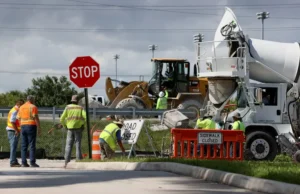Key Takeaways
- Philippine President Ferdinand Marcos Jr. announced collaboration with Japan’s JAXA to leverage space technology for disaster response.
- Advanced satellites will enhance typhoon detection, disaster readiness, and agricultural planning.
- This partnership has previously led to the successful launch of the Philippines’ first microsatellites and nanosatellites.
Collaboration for Safer Communities
President Ferdinand Marcos Jr. emphasized the collaboration between the Philippine Space Agency (PhilSA) and the Japan Aerospace Exploration Agency (JAXA) to harness space technology for various national needs. This partnership aims to enhance disaster response, improve agricultural planning, and ensure community safety across the Philippines.
In a Facebook post, Marcos highlighted that advanced satellite technology will allow for more rapid identification of typhoons and improved responses to natural disasters. Furthermore, it will assist farmers in better planning their activities, ultimately contributing to the safety and welfare of communities.
These statements followed Marcos’s meetings with JAXA executives during his four-day working visit in Osaka, Japan, from June 19 to 22. The Philippine government recognizes JAXA as a significant ally in the development of space science and technology, particularly in collaboration with the Department of Science and Technology (DOST).
The partnership has resulted in important milestones, including the successful launches of the Philippines’ first microsatellites, DIWATA-1 and DIWATA-2, along with nanosatellites such as MAYA-1 and MAYA-2. Notably, these satellites include the first university-developed nanosatellites in the Philippines, demonstrating the initiative’s broader educational impact.
Established in 2003, JAXA is Japan’s national space agency responsible for space research and aeronautics. It became a national research and development organization in 2015 and actively promotes international collaboration with academic and private institutions to foster innovations in aerospace.
Overall, this partnership aspires to utilize space technology to safeguard lives and enhance living conditions throughout the Philippines.
The content above is a summary. For more details, see the source article.















